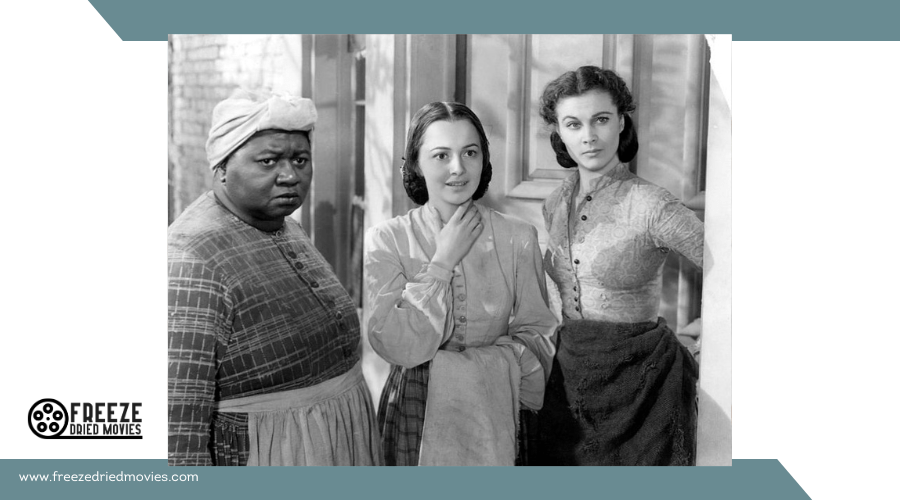The Golden Age of Hollywood: a Deep Dive Into 1930S Cinema

The Golden Age of Hollywood, particularly the 1930s, was a transformative period that reshaped the film industry. Major studios like MGM and Warner Bros. dominated the scene, introducing innovations such as sound and Technicolor that revolutionized cinematic storytelling. This era wasn't just about technical advancements; it also saw the rise of unforgettable stars and iconic films. What elements captivated audiences and left a lasting cultural impact? Let's explore the intricacies of this period and uncover its enduring legacy.
Overview of the Golden Age
The Golden Age of Hollywood, spanning from the early 1930s to the late 1950s, revolutionized the cinema landscape. Iconic films such as *The Wizard of Oz*, *Gone with the Wind*, and *Citizen Kane* set new standards for cinematic excellence, captivating audiences and showcasing the medium's artistic potential.
The studio system, dominated by a few major studios, streamlined film production and distribution, resulting in a prolific output of movies that defined this era. Technicolor technology introduced vibrant color palettes, enhancing visual storytelling in unprecedented ways. Advances in special effects further transformed the cinematic experience.
During the Great Depression, cinema provided essential escapism, with an average of 80 million Americans attending movies weekly. Stars like Humphrey Bogart, Cary Grant, and Katharine Hepburn embodied the glamorous Hollywood lifestyle, becoming cultural icons. The Golden Age of Hollywood left an enduring cultural impact, influencing modern filmmaking techniques and setting a high bar for future generations.
Major Studios and Their Practices
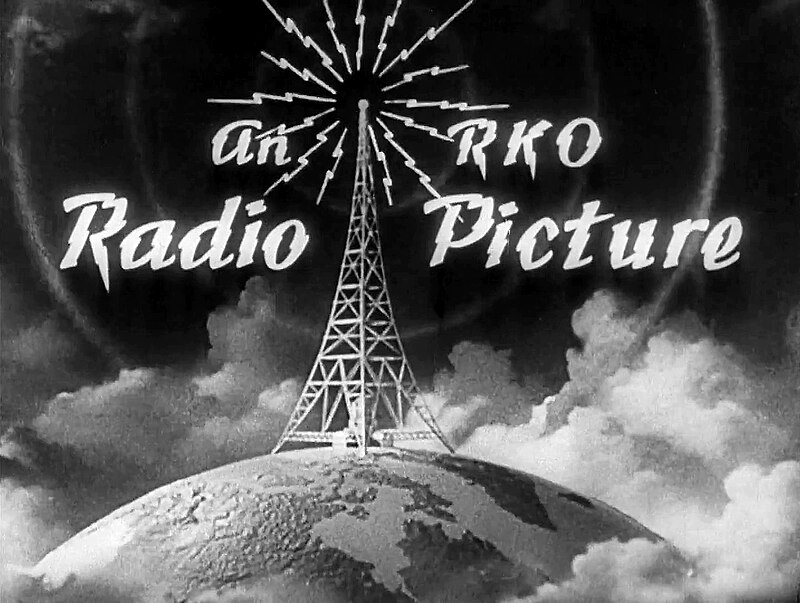
During the Golden Age of Hollywood, major studios like MGM, RKO, 20th Century Fox, Warner Bros., and Paramount Pictures were the powerhouses behind the industry. These studios controlled about 95% of American film production, employing vertical integration to manage production, distribution, and exhibition, thereby maintaining a firm grip on the industry.
One key strategy was the use of exclusive contracts. These agreements tied actors and filmmakers to a single studio, restricting their ability to work elsewhere. While this ensured a consistent pool of talent for the studios, it often hindered the personal and professional growth of the artists.
Paramount Pictures pioneered the block booking strategy, which required theaters to rent multiple films as a package deal. This guaranteed a steady revenue stream for the studio. However, such monopolistic practices led to the landmark case United States v. Paramount Pictures in 1948. The resulting Paramount Decrees mandated the divestiture of theater chains, fundamentally altering Hollywood's structure and ending the studios' unchecked dominance.
Creativity and Innovation

During the 1930s, the advent of Technicolor revolutionized film, with classics like *The Wizard of Oz* showcasing vibrant visuals. The introduction of synchronized soundtracks, popularized by *The Jazz Singer*, added emotional depth, enhancing viewer engagement. These innovations in color and sound defined the era's creativity, captivating audiences like never before.
Technicolor's Visual Revolution
Imagine stepping into a movie theater in the early 1930s and witnessing the vibrant explosion of colors on screen for the first time. Technicolor revolutionized visual storytelling, infusing an unprecedented vibrancy into the Golden Era of cinema. The advent of color film enabled filmmakers to create more captivating viewing experiences, immersing audiences deeper into the worlds they crafted.
A pivotal milestone was *Becky Sharp* (1935), the first feature-length film to utilize the three-color Technicolor process. This innovation demonstrated the technology's potential, allowing movies to burst with life and detail. Just a few years later, *The Wizard of Oz* (1939) took this concept further by contrasting the sepia-toned Kansas with the vivid, Technicolor Land of Oz, forever altering how audiences perceived color in cinema.
Technicolor enhanced not just visual appeal but also storytelling depth. Directors could use color symbolism to convey emotions and themes, enriching narratives and adding nuance. By the late 1950s, Technicolor had become the industry standard, with over 70% of films produced during this period employing the technology. This innovation established a new visual language that defined the Golden Era of Hollywood.
Soundtracks Enhancing Emotion
The powerful synergy between sound and image brought a transformative dimension to cinema, forever altering narrative techniques. During the Golden Age of Hollywood, synchronized soundtracks revolutionized storytelling, enhancing emotional engagement and narrative depth. Pioneers like Max Steiner and Erich Wolfgang Korngold crafted evocative scores that enriched character development and thematic complexity.
- Leitmotifs: Recurring musical themes associated with specific characters or ideas became a hallmark of the period, exemplified by Steiner's iconic score for *Gone with the Wind*.
- Orchestral Performances: Large orchestras utilized a broad range of musical instruments to evoke varied emotions, fully immersing audiences in the cinematic experience.
- Popular Songs and Original Compositions: These elements amplified emotional impact and contributed to the cultural resonance and commercial success of classics like *Casablanca* and *It's a Wonderful Life*.
- Narrative Depth: Soundtracks added layers of meaning, enhancing on-screen action while deepening audience connection to the story.
Rising Stars
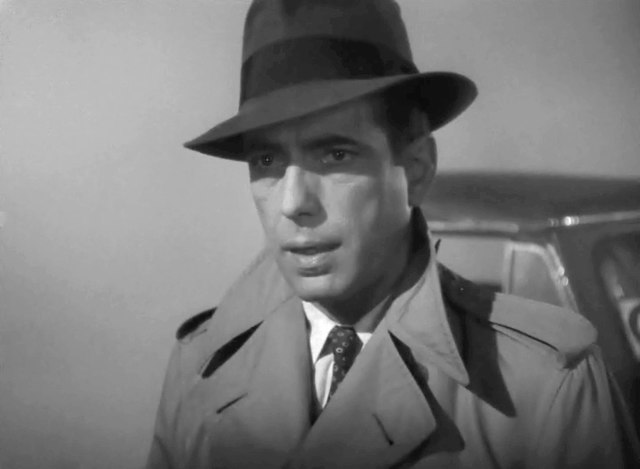
As you investigate the Golden Era of Hollywood, you'll notice how rising stars like Humphrey Bogart, Cary Grant, and Katharine Hepburn epitomized the glamorous Hollywood lifestyle. These actors, along with Elizabeth Taylor, Audrey Hepburn, and Marilyn Monroe, captivated audiences and left a lasting cultural impact. Their iconic performances not only defined the cinematic landscape but also set benchmarks for acting excellence that continue to inspire today's performers.
Iconic Actor Performances
During the Golden Age of Hollywood, numerous iconic performances left an indelible mark on cinema. These actors didn't just entertain; they became cultural icons, shaping societal values and providing much-needed escapism during challenging times.
Icons like Humphrey Bogart, Cary Grant, and Katharine Hepburn stood at the forefront, delivering performances that still resonate today. Rising stars such as Elizabeth Taylor, Audrey Hepburn, and Marilyn Monroe captivated audiences and influenced fashion and lifestyle, blending elegance with timeless charm.
- Humphrey Bogart in *Casablanca* (1942): This performance solidified Bogart's status as a leading man, showcasing his ability to convey complex emotions.
- Audrey Hepburn in *Breakfast at Tiffany's* (1961): Hepburn redefined the romantic comedy genre, making her a timeless figure in film history.
- Elizabeth Taylor's Rise: Her beauty and acting prowess set her apart, making her a significant cultural icon.
- Marilyn Monroe's Impact: Monroe's performances and beauty left a lasting impact, influencing fashion and societal aspirations.
These iconic performances reflected societal values and offered audiences a form of escapism during tough times like the Great Depression.
Glamorous Hollywood Lifestyle
Iconic performances captivated audiences, but it was the glamorous Hollywood lifestyle of rising stars that added an extra layer of allure to the Golden Era. Stars like Humphrey Bogart, Cary Grant, and Katharine Hepburn epitomized elegance and charm, becoming symbols of this dazzling time. Their polished public personas, meticulously crafted by major studios, often masked the complexities of their real lives, enhancing their mystique.
Young talents such as Elizabeth Taylor, Audrey Hepburn, and Marilyn Monroe didn't just act; they became cultural icons. Their on-screen beauty and charisma translated into real-life influence, shaping fashion trends and popular culture. The star system, with its binding contracts, played a significant role in maintaining this Hollywood facade. While it limited career choices, it promoted these actors to almost mythic status.
The allure of these glamorous lifestyles provided much-needed escapism during challenging times. Audiences were drawn to the larger-than-life personas and enchanting stories they portrayed. The Golden Era of Hollywood wasn't just about films; it was about the magnetic pull of its stars and their cultural impact, influencing society far beyond the silver screen.
Cultural Impact and Legacy
Emerging during a period of significant societal change, rising stars like Elizabeth Taylor, Audrey Hepburn, and Marilyn Monroe didn't just entertain; they redefined cultural norms and ideals. Their beauty and performances captivated audiences, making them some of the most recognized figures of their time. These iconic actors became symbols of the glamorous Hollywood lifestyle, contributing to the cultural impact and legacy of the Golden Age of Hollywood.
The star system employed by major studios played a crucial role in shaping their careers and public personas. Exclusive contracts bound them to specific studios, which carefully crafted their images and controlled their project choices. This not only influenced their careers but also cemented their place in popular culture.
During the Great Depression, their performances offered much-needed escapism, providing hope and entertainment to audiences facing challenging times. The legacy of these stars and their films continues to resonate today, with their iconic performances serving as benchmarks for excellence in acting.
In summary:
- Elizabeth Taylor, Audrey Hepburn, and Marilyn Monroe remain timeless symbols of beauty and talent.
- The star system significantly influenced their careers.
- Their films offered escapism during the Great Depression.
- Their legacy continues to inspire modern filmmakers and actors.
Iconic Films

The Golden Age of Hollywood produced some of the most iconic films, which have left an indelible mark on cinema history. Among these, *Gone with the Wind* (1939) stands out as one of the highest-grossing films ever, with box office earnings reaching approximately $3.7 billion when adjusted for inflation. This epic tale of love and loss during the Civil War epitomizes the grandeur of Hollywood's Golden Era.
*The Wizard of Oz* (1939) also captivated audiences, introducing them to the wonders of Technicolor and enchanting them with unforgettable songs like "Over the Rainbow." Its lively storytelling and creative use of color have made it a timeless classic.
Orson Welles' *Citizen Kane* (1941) transformed filmmaking with its groundbreaking narrative structure and cinematography, earning it a place among the greatest films ever made. Meanwhile, *Casablanca* (1942) captured the hearts of viewers with its poignant themes of love and sacrifice, winning the Academy Award for Best Picture.
In the realm of animated films, *Snow White and the Seven Dwarfs* (1937) was a groundbreaking achievement. As the first full-length animated feature, it set a high standard for future animated films and demonstrated the boundless potential of the genre.
The Hays Code

During the early 1930s, Hollywood faced increasing pressure to regulate its content, leading to the establishment of the Hays Code. Formally known as the Motion Picture Production Code, it was designed to impose moral standards on films and prevent government censorship. This set of guidelines restricted the portrayal of violence, sexuality, and other controversial topics, significantly impacting the storytelling and character development of the Golden Era.
Filmmakers were required to self-censor their work, adhering to over 30 specific rules outlined by the code. These rules sanitized many stories, ensuring they met the moral expectations of the time. Key aspects of the Hays Code included:
- Restricted Violence: Graphic depictions of violence were toned down or omitted entirely.
- Limited Sexuality: Any form of nudity or explicit sexual content was strictly prohibited.
- Moral Guidelines: Criminal activities couldn't be glorified, and good had to triumph over evil.
- Production Code Administration: Established in 1934, this body enforced the code, requiring films to receive a seal of approval before release.
As the code's influence waned in the 1960s, filmmakers reclaimed artistic freedom, paving the way for more diverse and creative storytelling.
Cultural Impact
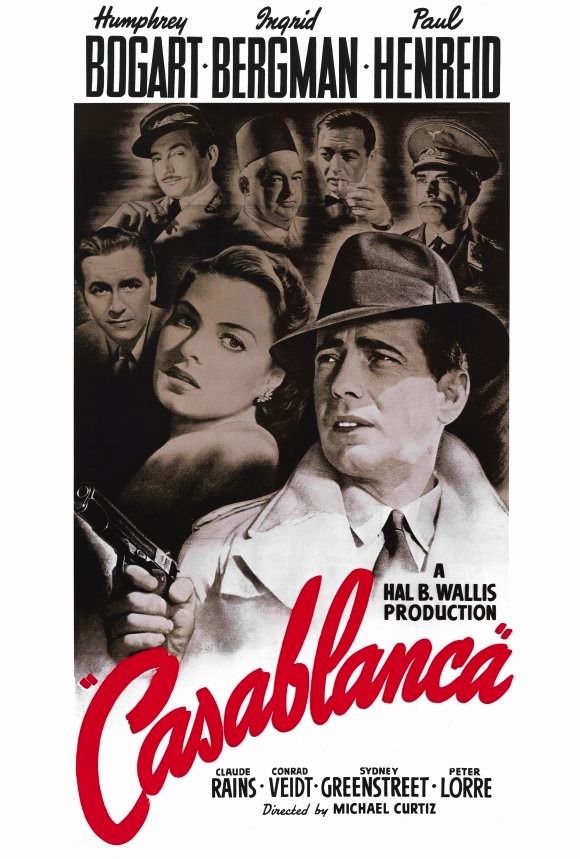
The films of the Golden Age profoundly impacted society, offering much-needed escapism during the Great Depression. With around 80 million Americans attending weekly, these movies became a lifeline, providing comfort and distraction in tough times. Iconic stars like Humphrey Bogart, Katharine Hepburn, and Marilyn Monroe became global icons, influencing fashion and lifestyle trends that crossed borders and generations.
| Influence | Example |
|---|---|
| Fashion Trends | Marilyn Monroe's dresses |
| Societal Values | Themes of love and morality |
| Historical Perception | *Gone with the Wind*, *Casablanca* |
Golden Age films didn't just entertain; they mirrored societal values and challenges. Themes of love, war, and morality in these narratives still resonate in contemporary storytelling. Movies like *Gone with the Wind* and *Casablanca* not only achieved critical acclaim but became cultural touchstones, shaping how people viewed historical events and social issues.
Hollywood's glamour during this era fostered a cultural image of American life, securing its place as the global epicenter of the film industry. These films and their stars profoundly influenced global culture, leaving an indelible mark on fashion, values, and lifestyle.
Decline of the Golden Age
The Golden Age of Hollywood did not last indefinitely. Its decline began around 1948, catalyzed by the landmark United States v. Paramount Pictures antitrust case. This ruling mandated that major studios divest their theater chains, thereby losing their control over film distribution. Without this control, the traditional studio system's dominance over the industry began to wane.
- United States v. Paramount Pictures: This case significantly altered Hollywood's business structure.
- Rise of Television: By the late 1940s, television became a popular medium, drawing audiences away from theaters.
- Changing Audience Preferences: Audiences started seeking more diverse and creative storytelling, making traditional studio formulas less appealing.
- Erosion of the Hays Code: The weakening of this censorship code in the 1960s allowed for greater artistic freedom and a shift in narrative styles.
Television's convenience played a major role in this decline, offering instant entertainment at home. Coupled with the antitrust ruling, studio profits dwindled. By the 1960s, cultural dynamics had shifted, and independent cinema emerged, further undermining the studio system. The Golden Age, characterized by grandiose productions and star-studded films, had definitively ended, ushering in a new era of cinematic exploration.
Lasting Legacy
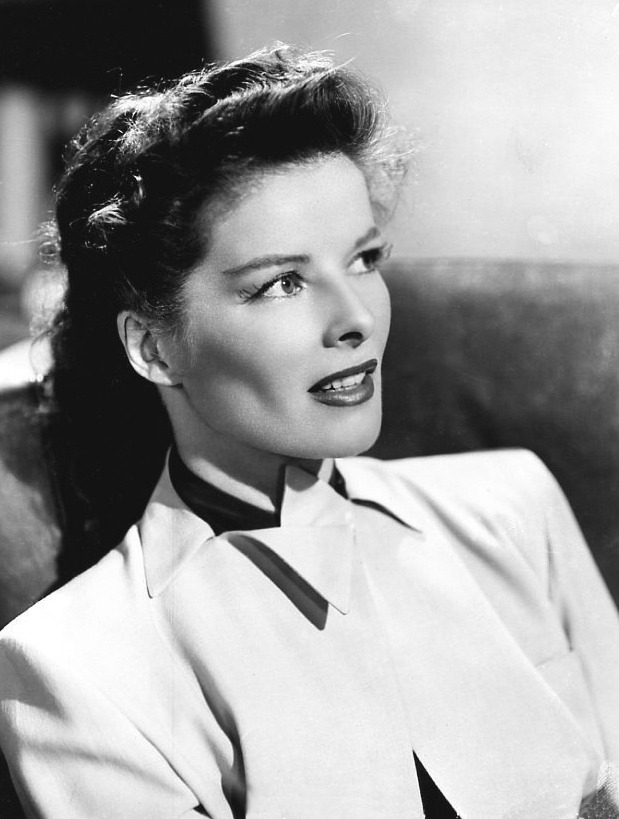
The Golden Age of Hollywood's influence remains significant in contemporary filmmaking. Technological advancements from that era, such as Technicolor and sound integration, continue to underpin modern motion picture production, shaping today's visual and auditory cinematic experiences.
Iconic performances by stars like Humphrey Bogart, Katharine Hepburn, and Marilyn Monroe still inform acting styles, with their roles serving as cultural landmarks and benchmarks for aspiring actors. The grand narratives and artistic innovations of this period offered escapism during the Great Depression, fundamentally changing audience expectations for cinema.
Storytelling techniques and production methods from the Golden Age laid the groundwork for future filmmakers. The genre-defining films and their narrative structures influence modern scripts and directorial choices, ensuring the era's lasting impact. Contemporary filmmakers draw from these established techniques to craft compelling stories that resonate globally.
The romanticized Hollywood lifestyle, complete with special effects and memorable soundtracks, continues to captivate viewers, demonstrating the enduring legacy of the Golden Age in modern cinema.



